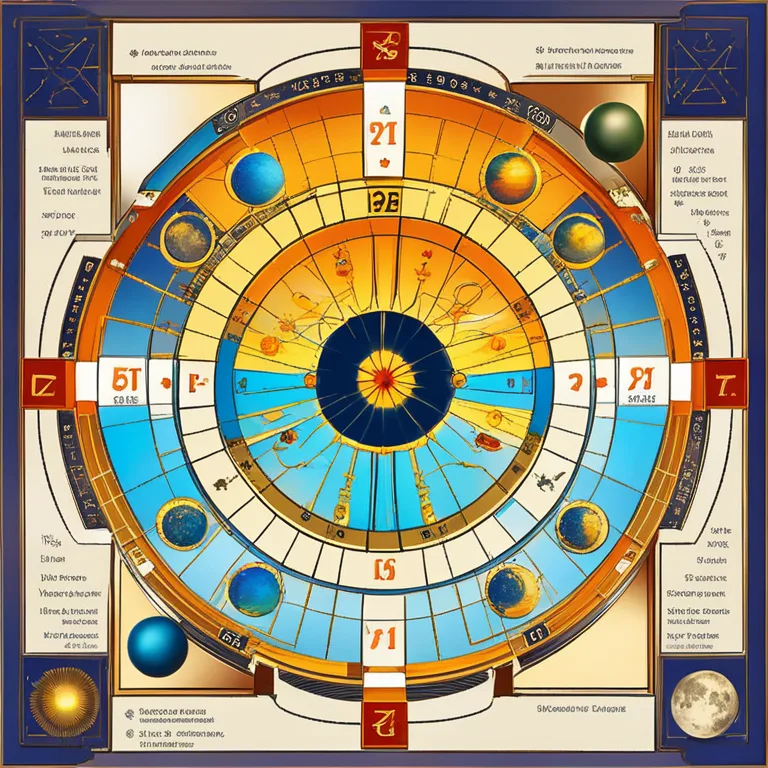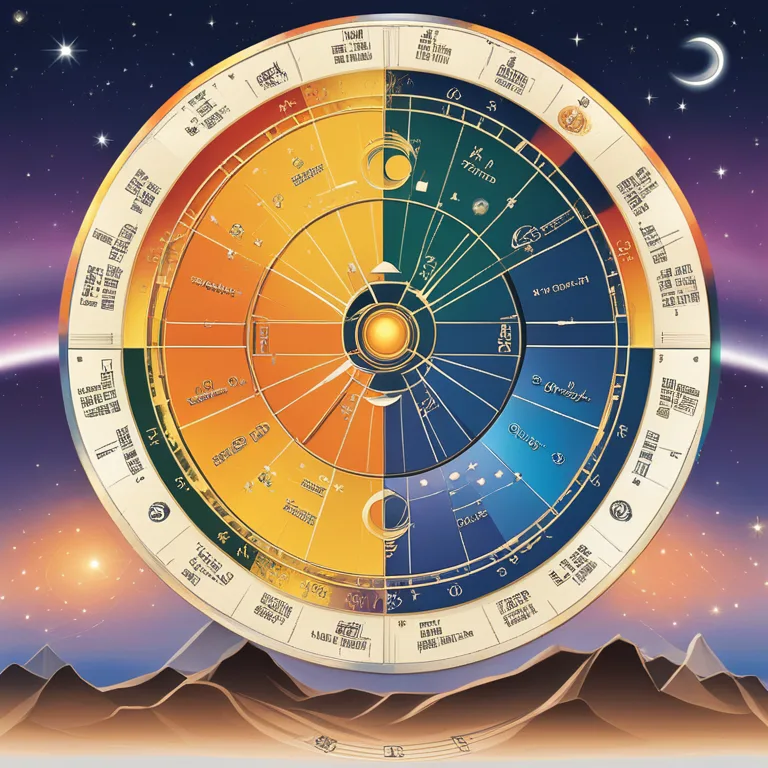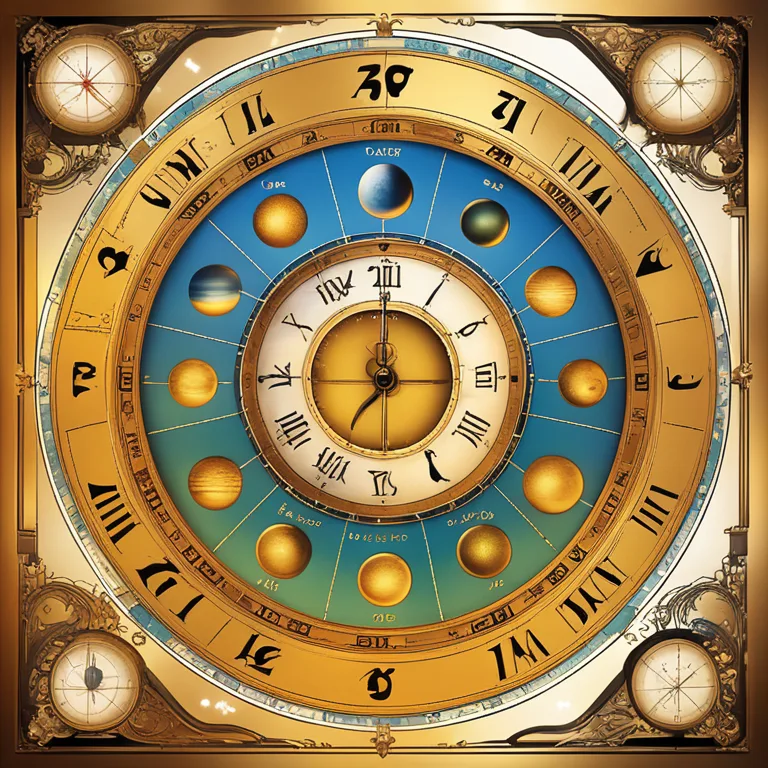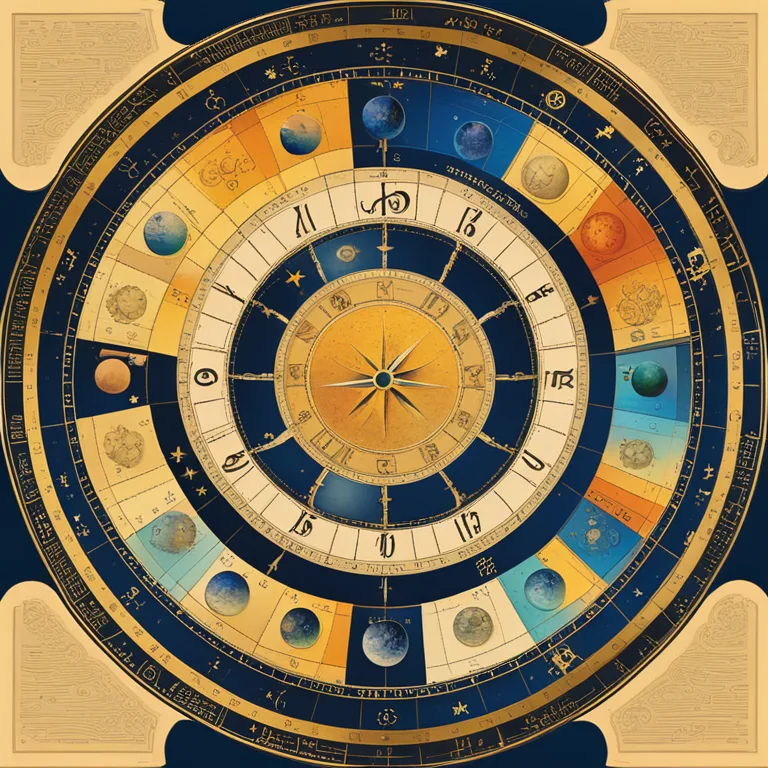
The Impact of Birth Time on Astrological Charts
An insightful examination of astrological birth charts, focusing on interpretations when the birth time is unknown, and the significance of this variable for accurate horoscope reading.
article by Priya Deshmukh
Introduction to Birth Charts
Astrology is an ancient practice that relies on the positions of celestial bodies at the moment of an individual's birth to provide insights into their personality, potential life events, and relationships. A birth chart, also known as a natal chart, is the cornerstone of this practice. However, it is often believed that an accurate birth chart requires the exact time and place of birth. This assumption leads many to wonder: what if the birth time is unknown? How does it affect the reading? In this article, we delve into the nuances of interpreting birth charts amid missing data, while maintaining relevance beyond 2024.

Essence of a Birth Chart
Traditionally, a birth chart is a snapshot of the heavens at the time of one's birth, including the positions of the planets, the sun, and the moon. Each element is charted in relation to the twelve zodiac signs and houses. The time of birth affects the placement of planets within the houses and the ascendant sign or rising sign, which is the zodiac sign on the eastern horizon. The ascendant significantly influences one’s external persona, making time of birth a critical factor for personalized astrology.

Reading Without Time
Astrologers can still create a meaningful birth chart without time by focusing on the placement of planets in the signs and aspects between the planets. The sun sign, moon sign, and the position of faster-moving planets are time-insensitive and can be accurately determined even when the birth time is unknown. Such a chart, while slightly less detailed, can still offer valuable personality insights and life tendencies.

Solar Chart as an Alternative
In the absence of birth time, astrologers often use a solar chart. This technique places the sun's position at the beginning of the first house and arranges the rest of the planetary placements accordingly. While it eliminates the house system's influence, the solar chart emphasizes zodiac sign attributes, interplanetary relationships, and can highlight potential strengths and challenges.

Impact on Future Predictions
Predictive techniques such as transits and progressions become less precise without a known birth time. The timing of life events and specific circumstances is harder to pinpoint, as this relies heavily on the movement of planets through the houses. Astrologers must instead focus on broader life trends and themes, offering guidance on personal development rather than detailed futurescapes.
Work Around for Missing Data
In cases where the birth time is not available, astrologers might use rectification methods or focus on event-based astrology to estimate the ascendant and house placements indirectly. Techniques such as these can be used to extrapolate a potential birth time, offering a more complete chart for the individual. However, the accuracy of rectification is dependent on the skill and intuition of the astrologer.
Conclusion and Moving Forward
Although knowing the precise location and time of birth enhances the specificity of an astrological interpretation, decent insights can still be drawn from a chart with missing information. As we move into 2024 and beyond, advancements in astrological practices may further refine our ability to interpret incomplete data. The core tenets of astrology, which emphasize personal growth and understanding, remain intact regardless of the level of detail in a birth chart.
Published: 12/27/2023
Modified: 12/27/2023
More predictions
Come back here soon to learn more about yourself and your future


Daily Insights & Your Birth Chart Horoscope
Delve into the cosmic guidance of your daily horoscope, based on your unique birth chart. Gain perspective on the celestial influences shaping your day, every day.


Your Daily Birth Chart Insights
Discover the celestial insights of your daily birth chart. Learn how the current planetary alignments influence your personal astrological profile.


The Essence of Your Birth Chart: A Comprehensive Guide
Delve into the fundamentals of your birth chart in astrology and discover the rich insights it provides about your personality, potential, and life path.